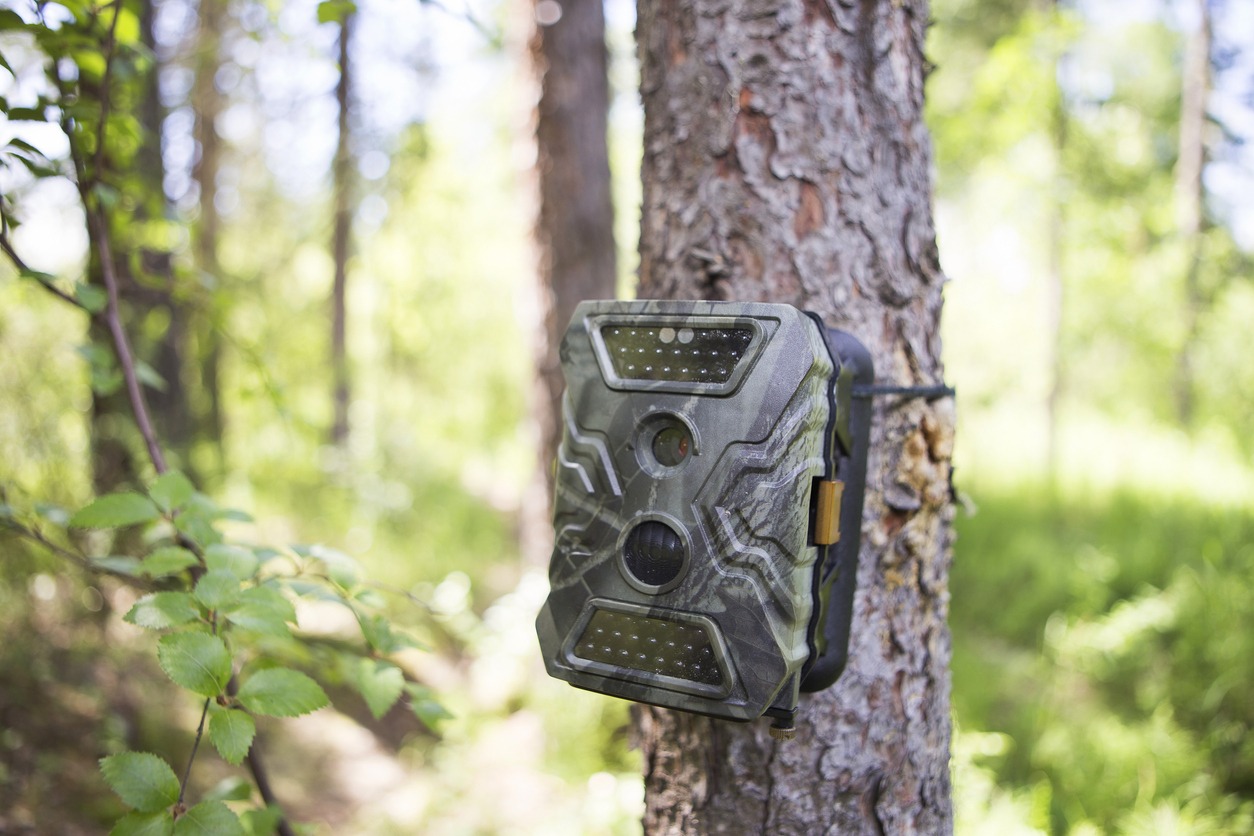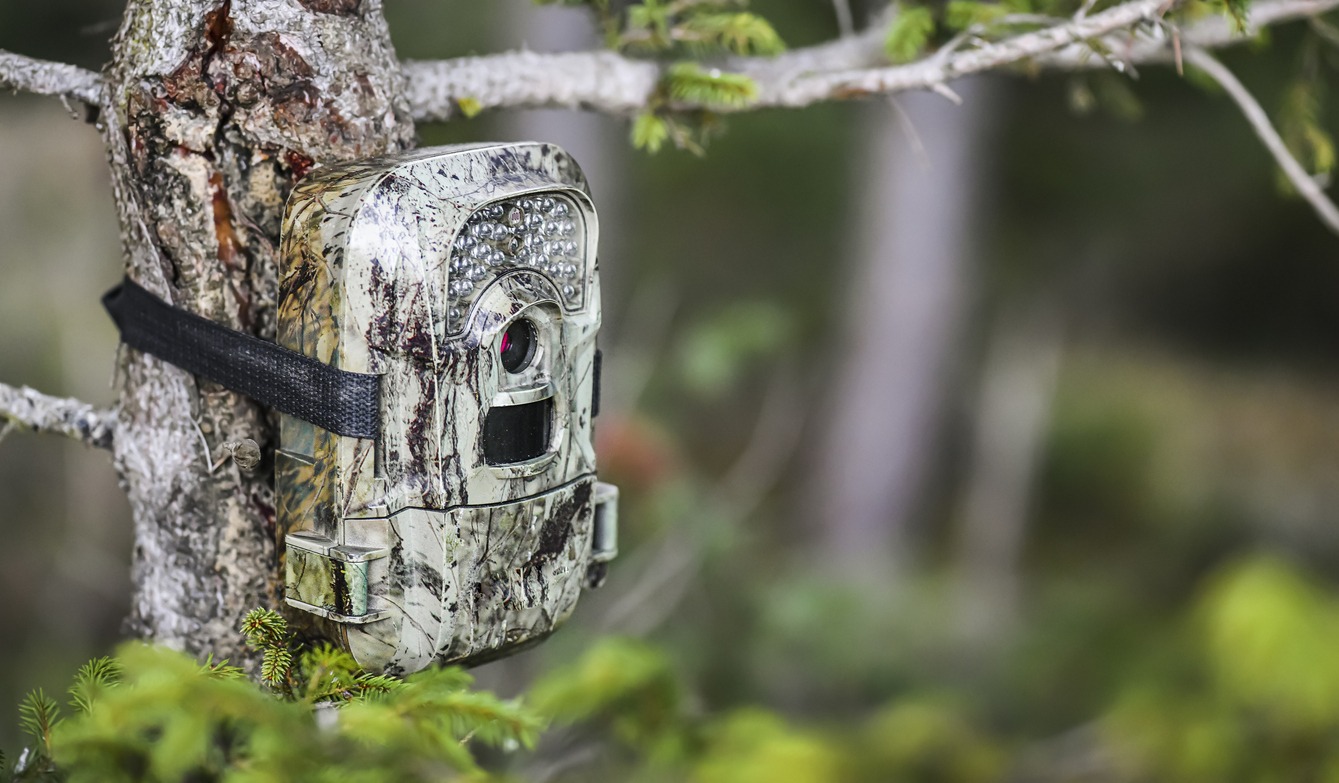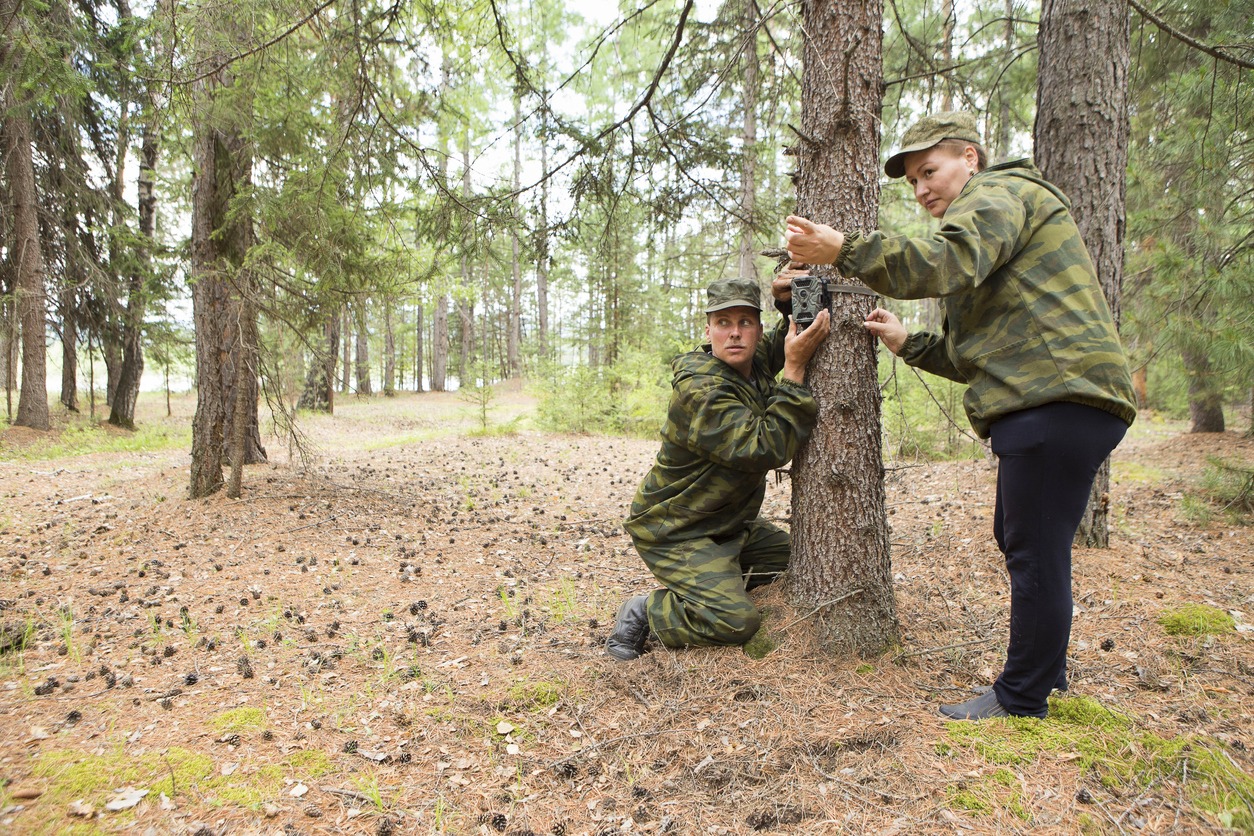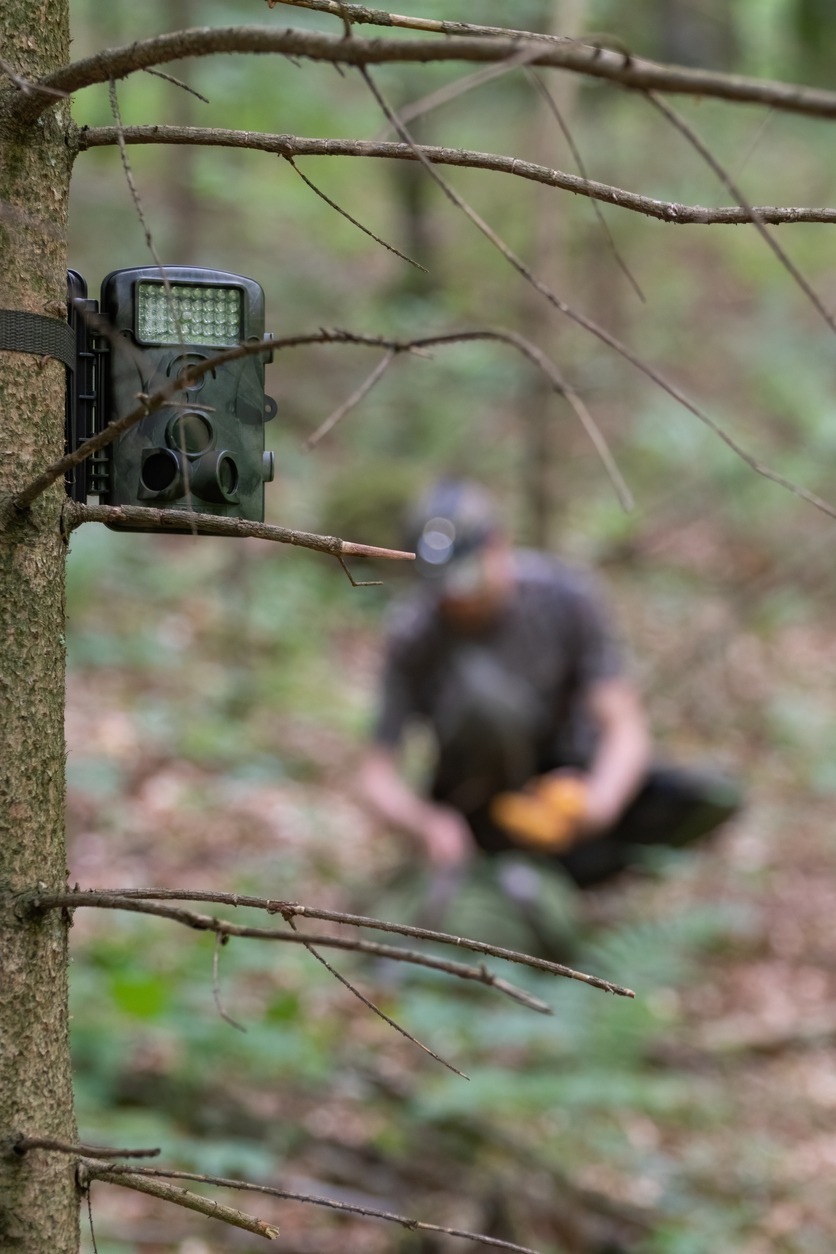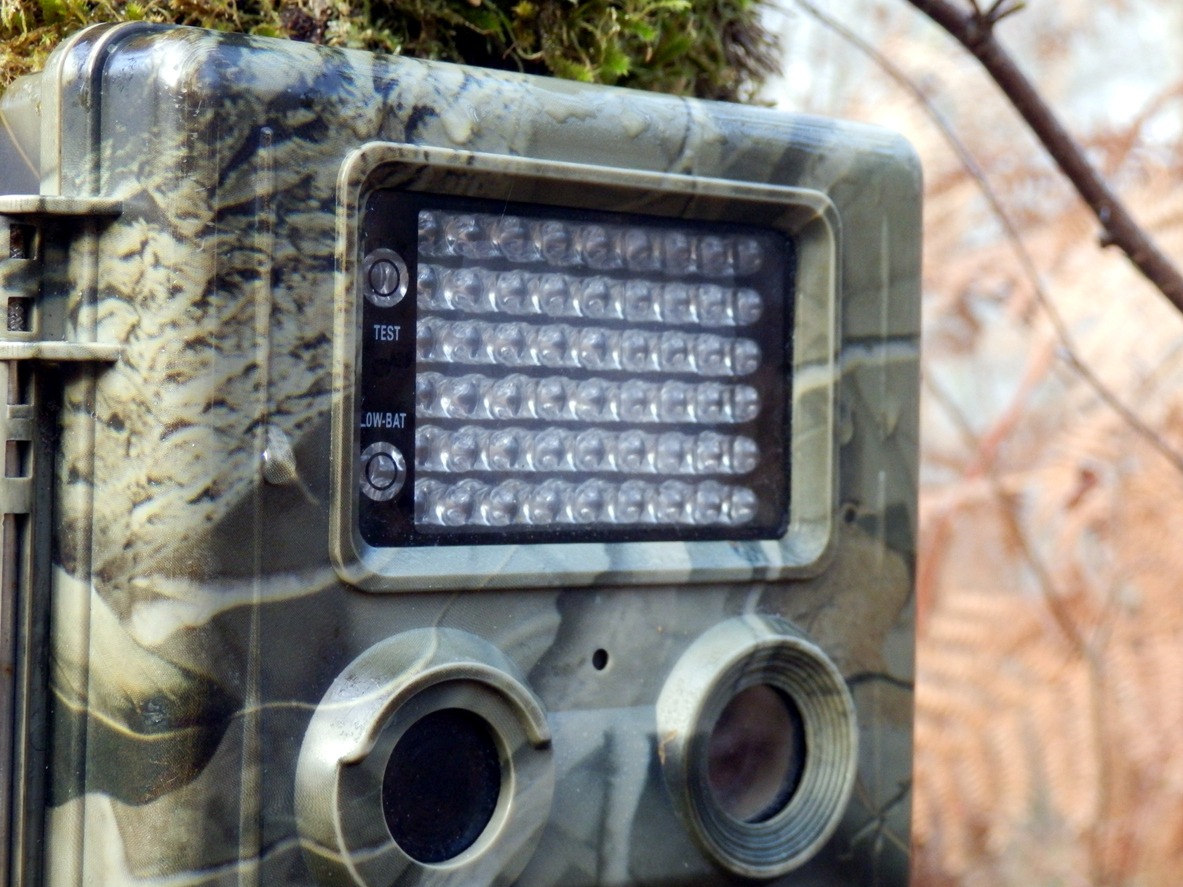With all the advances technology has made, game cameras are becoming more and more essential for hunting. This hunting accessory is also known as a trail camera and can be used in various ways. You can set them up while hunting or use them as security cameras.
The most important thing when purchasing a game camera is ensuring that it fits your needs. Since there are many different kinds available, you should assess your needs and choose one that does what you want. Some hunters like to note every movement or motion of animals, while others want to monitor it to get the best shot. To avoid getting the wrong kind, it is essential that you properly research all the different features of a game camera before you make a purchase.
What Is a Game Camera?
A game camera is a durable, rugged, and weatherproof camera often used to monitor prey. If you are a hunter, you can use these cameras to watch an area from a distance in case an animal passes by. These cameras can be left out for extended periods completely unsupervised. They usually come with motion sensors, and the camera automatically takes a photo when they are triggered.
Game cameras are also known as trail cameras and are popular amongst farmers, wildlife professionals, ranchers, and hunters. The reason for their popularity is that they have infrared imaging capabilities that set them apart from regular cameras. This allows them to take pictures and record videos even in low-light conditions.
How Do Game Cameras Work?
When you purchase a game camera, it is imperative to know how it works. This means that you should know the basic features of the device. Most trail cameras have a detection circuit designed to detect motion or heat. When the device senses either of these, they snap a photo. Using this feature, you can know exactly when an animal passes by the camera.
Game cameras are powered by batteries, so they only work as long as the battery does. They also have infrared emitters that allow the camera to capture images even in low-light conditions. The only downside is that they have lower flash ranges, meaning they can only take pictures of objects that are near the camera.
Game cameras also have a screen where you can view pictures and operate the camera.
Types of Trail Cameras
When you set out to purchase a trail camera, you will find two different kinds available on the market. These include cellular and non-cellular game cameras. Non-cellular game cameras are the more traditional kind, and they are also a lot more affordable. On the other hand, cellular cameras are incredibly convenient to use. They allow you to see the pictures captured on your phone without detaching the camera to view them.
1. Non-Cellular Trail Cameras
Non-cellular game cameras are designed to take a picture of anything that moves in front of it. Once it has captured the image, it saves it onto an SD card so you can view it later when you retrieve the camera. Some higher-end cameras can even record a small video, which allows you to note how the animal moves through an area.
These cameras are highly affordable, and the only disadvantage is that you will need to physically visit the area where the trail camera is located to retrieve the SD card. Once you have acquired the SD card, you need to insert it into your computer to view its captured images and videos.
2. Cellular Trail Cameras
Cellular trail cameras work very similarly to non-cellular game cameras. This means whenever an animal passes in front of the camera, it takes a picture or records a video. Not only is this video saved onto a memory card, but a cellular trail camera also uploads the image to the internet. Once uploaded, you can view it on your laptop, phone, or any other device. This makes them highly convenient to use as you can continually monitor the area. You also do not need to make continuous trips to the site.
3. Important Game Camera Features To Consider
When purchasing a game camera, you must purchase one with all the features and functions you need. There are many different features that differentiate one game camera from the other. To ensure you purchase one that allows you to hunt better, you should research the features you want your camera to have. Here are some features that you should look into.
4. Trigger Speed and Recovery Time
On a game camera, the trigger speed is how fast your camera can capture the moment once its sensors have detected movement of an animal. Ensure that you purchase a high-trigger speed camera so that it can take a picture as soon as it is triggered. This will help increase your chances of catching a clear image of the animal as it passes. If you opt for a high-end game camera, it will most likely have a half a second trigger speed or even less.
The recovery time of a camera is the minimum amount of time it takes for the camera to capture another image. On most cameras, you can adjust the delay. Still, a camera’s recovery time determines how fast your camera can take a new picture. Like trigger speeds, higher-end cameras have a lower recovery time.
5. Flash Types
When purchasing a game camera, the flash type is also extremely important because it determines how the captured picture will look like. Much like regular cameras, trail cameras use a flash bulb to reflect light off of an object in order to illuminate it. This allows the camera to capture a sharp and clear image.
When choosing a game camera, you will have a few different flash types to choose from.
| Flash Type | Description |
| White Flash | This is a typical white flash that is produced by almost all cameras. Still, game cameras are slowly moving away from this kind of flash. |
| Red Infrared | This kind of flash is known as a red infrared flash or a low glow flash. It emits a red light that is only slightly visible in the dark. The photographs produced from this kind of flash are black and white. |
| Black Infrared | A black infrared flash is also called a no glow flash. It is known to emit light, but it is not very visible, and you won’t be able to see it unless you are standing right in front of it. |
A White flash makes use of bright light to capture images and allows you to take full-color pictures at night. However, a bright flash may scare the animal and cause them to flee and not return to the area again. Most game cameras are moving away from using white flash to avoid this.
A red infrared flash is also known as a low glow, which is a flash that is red in hue. This glow is visible to wildlife but does not bother them, making them a perfect option for game cameras. Low-glow cameras are excellent for taking pictures of animals without alerting them. Although they can see the light if they look at it head-on, you can cover it slightly or place it further away to avoid disturbing them.
A no glow camera uses black infrared to capture animals. This kind of flash is not visible to animals, so they do not get scared when you take a picture using it. The only disadvantage is that they only capture photos in black and white, making it a night vision camera. Additionally, the images are often dark and do not capture fine background details. The pictures are detailed enough to see and analyze animals, which is why they are used for research purposes.
6. Lens
Most game cameras come with a fixed focal length. This allows them to capture images of an object that is a certain distance away from the camera. They also include a fixed closer point that focuses on nearby objects. When purchasing a game camera, ensure that it has a wide-angle lens so that you can capture a large area within a single shot.
Suppose you are more inclined towards capturing high-quality photographs of the animal. In that case, you will need to purchase a lens that allows you to do so.
7. Detection Range
The detection range is how far away the camera can detect motion and capture an image or a video. A game camera with an extensive detection range will get triggered by an animal far away and capture a video or image of it. Cameras that have shorter detection ranges won’t be activated unless the motion is close to the cameras.
When purchasing a game camera, ensure you buy one with a long-range so you can capture a video or picture of an animal, even if it is far away. Sometimes it may not be possible for the camera to capture motion far away due to trees or an obstruction. In such cases, you should opt for a shorter-range camera, so the movement of trees or other objects does not trigger it.
8. Resolution
Checking out its photo resolution is also essential when purchasing a game camera. Most people prefer buying a camera with the highest resolution, but that is not always necessary.
Picture quality is often measured in megapixels, which is the total number of pixels in an image, which can range in millions. Most modern game cameras have a 5-megapixel resolution.
The higher the resolution of a camera, the better the picture. Unless you are using your game camera for nature photography, you do not need to buy one with the highest resolution. You can easily make do with a low resolution because it does not necessarily capture an unclear picture. The image is often clear enough to identify the animal, which is the primary purpose of such cameras.
9. Power Supply
Since game cameras are left on for extended periods, they will likely use a lot of batteries. On average, your camera will require eight AA cells, but some high-quality ones also require twelve. Some cameras also utilize a 6 to 12-volt battery back or power bank, which may be much more cost-efficient as you can recharge them.
The best power supply for game cameras is a solar-powered power bank. These can be recharged using sunlight, which makes them perfect to be left outdoors. For such power banks, you will need to ensure that it is placed in a location with plenty of sunlight. Otherwise, they will be useless.
FAQs
1. How does a wild game camera work?
A wild game camera is often placed in an area where wildlife frequently passes by. When they do, the motion sensors in the camera will be triggered, capturing an image. This image will either be saved onto an SD card or uploaded onto the internet, depending on the kind of game camera you own.
2. How far away can a game camera take a picture?
The distance a game camera can detect motion is called its detection range. The typical range for game cameras varies from 20 to 130 feet depending on the kind and quality of the game camera you own.
3. How high should a game camera be mounted?
When mounting a game camera, ensure it is at chest level with the target subject. For example, if you want to catch a deer, you should mount it around 3 feet off the ground. This height also takes into account the angle of the land in front of the camera.
Conclusion
A game camera, along with other devices such as a handheld GPS, has become an essential hunting accessory because it makes capturing animal movements easy. If you own a high-quality camera, you can detect patterns in your chosen animal’s movement and can plan your hunt accordingly. They are also excellent for security as they capture a picture or video of any animal or human coming onto your property.
To ensure that your camera does exactly what it needs to, you should look into its features before you buy it. The camera’s resolution, the type of flash it uses, its trigger speed, recovery time, and detection range are all crucial factors you should consider.
